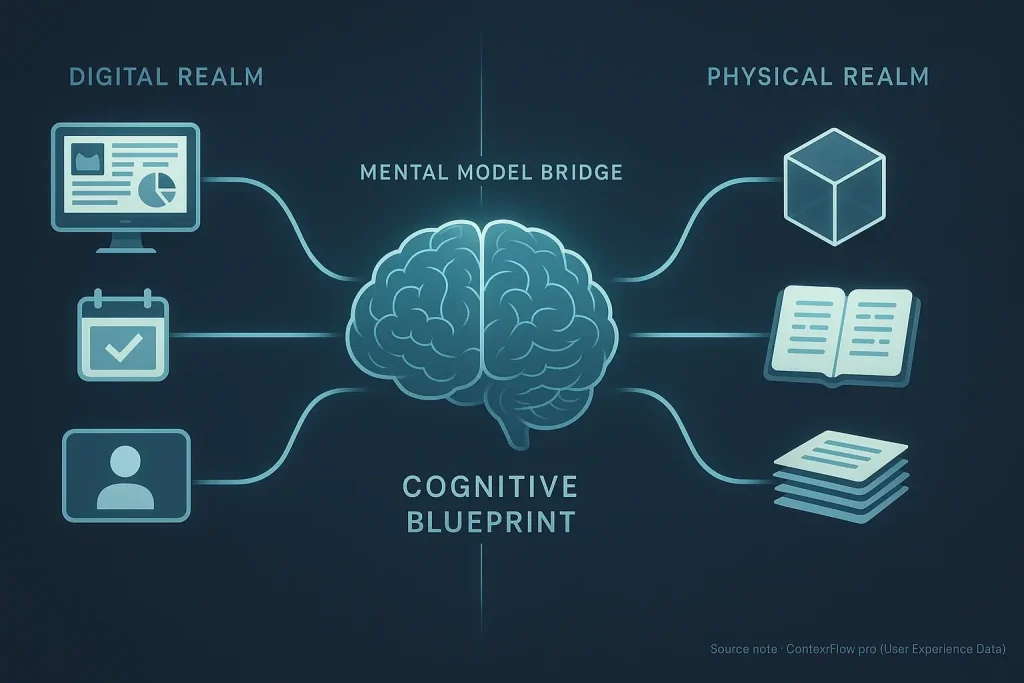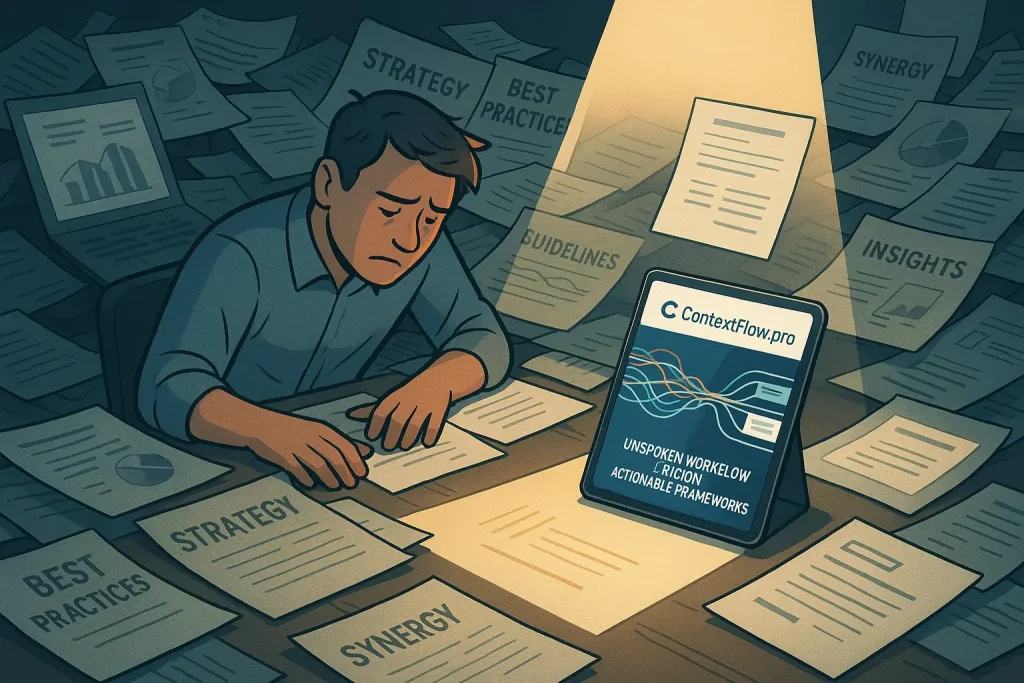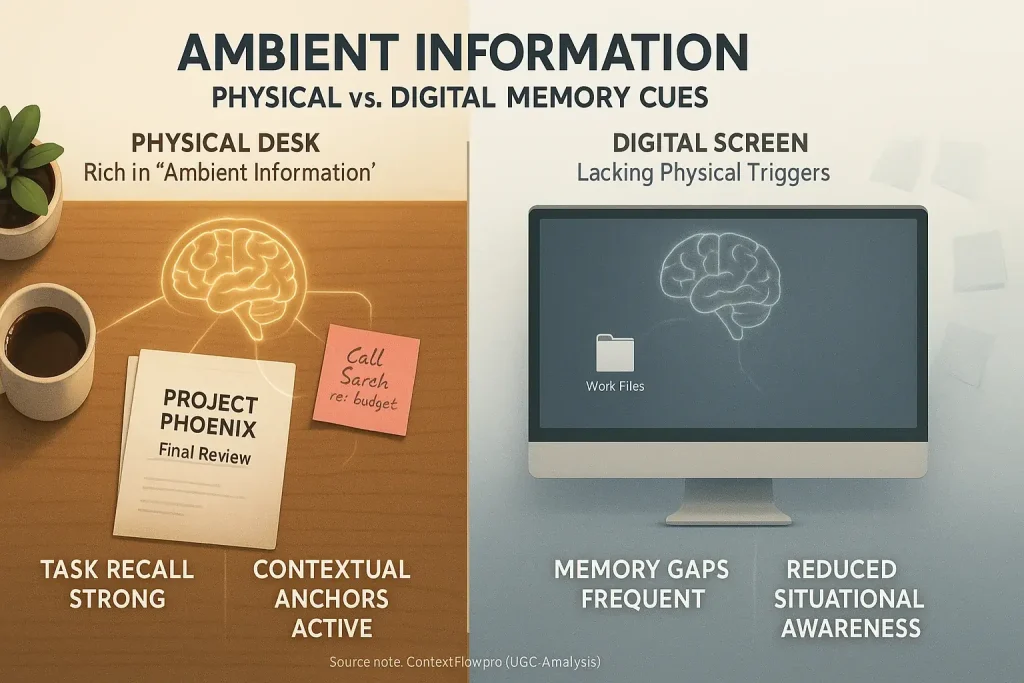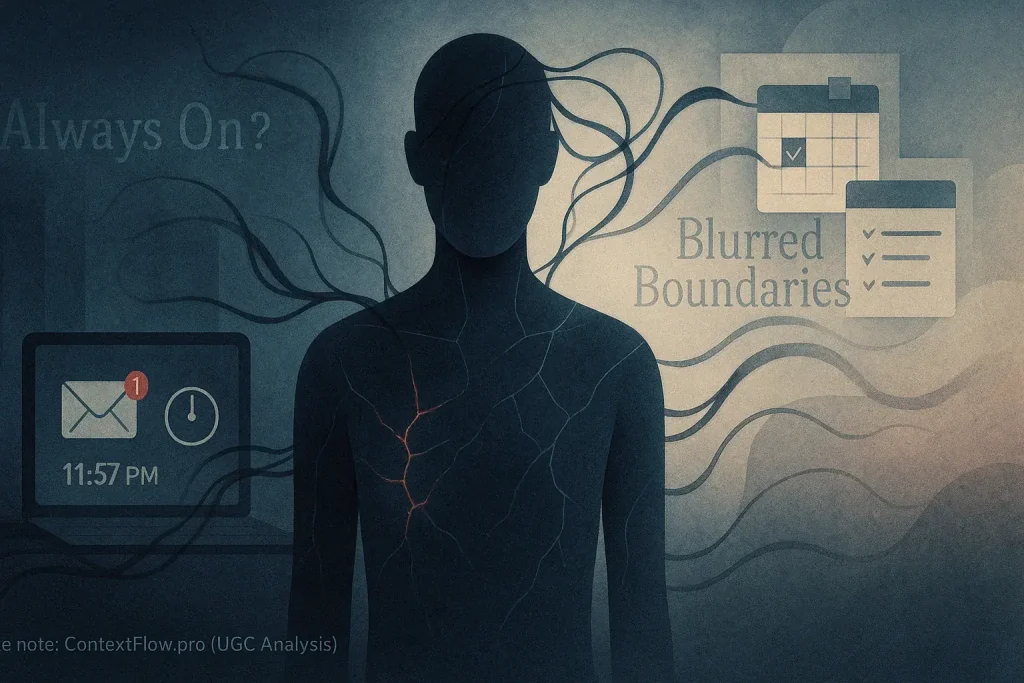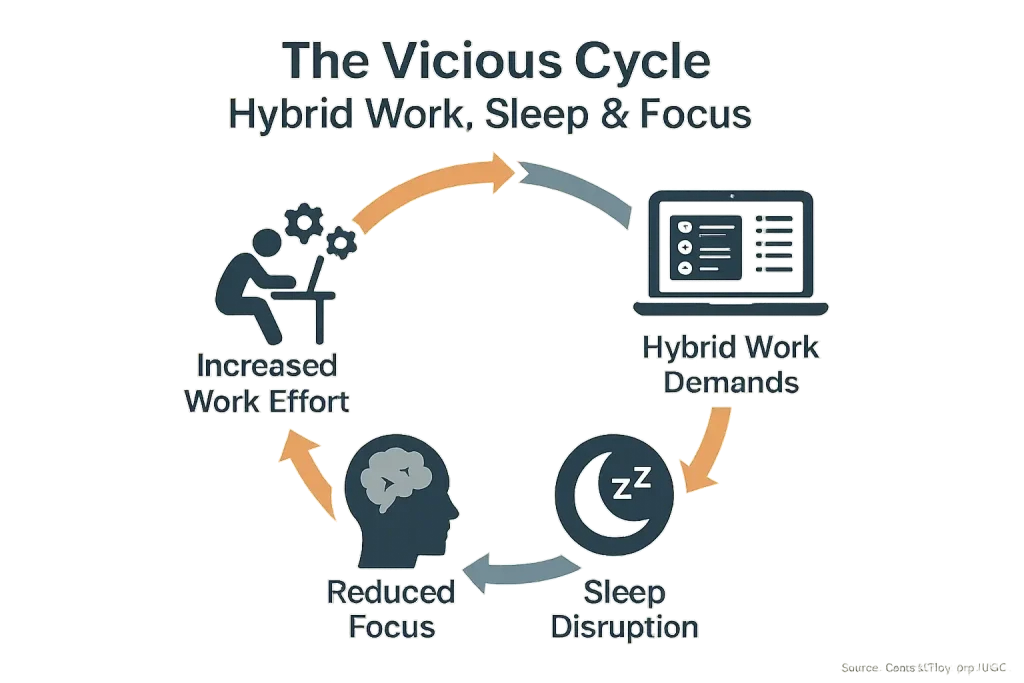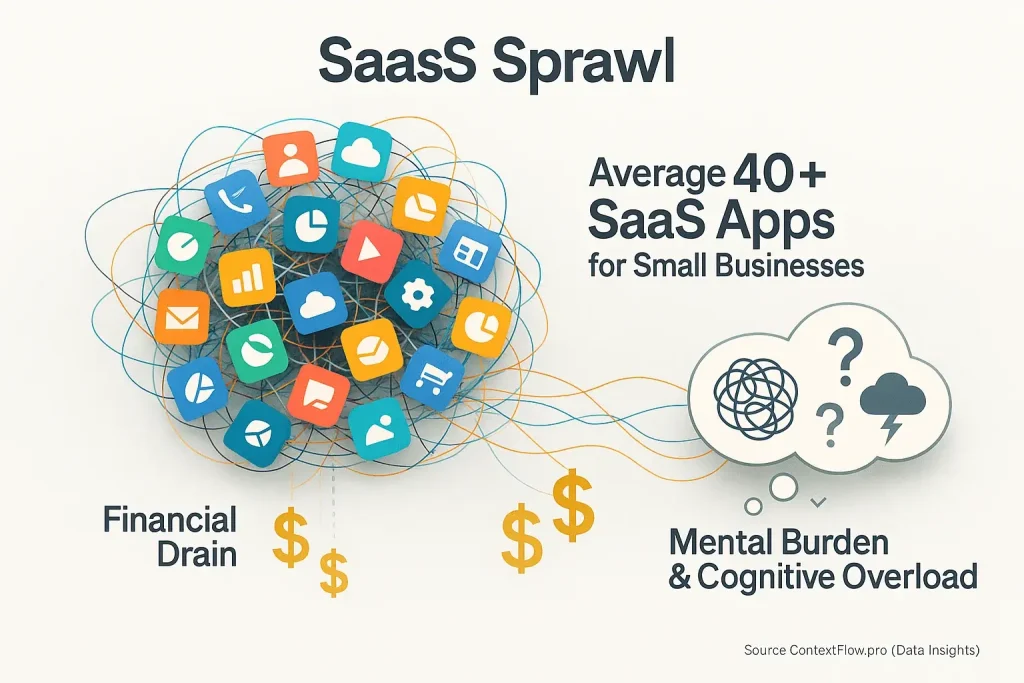The Alluring Myth: 'Just Get the Right Tools, and Culture Will Follow'

Many professionals hear a familiar promise. "Just get Slack, Teams, or Notion." "Your hybrid culture problems will vanish." Numerous leaders embrace this seductive idea. Some team members also believe it. Technology appears a swift solution for complex human dynamics. Collaboration tools, however, are merely enablers. They are not culture creators by themselves.
User confessions reveal a difficult reality. Shiny new tools often introduce more problems. This occurs when underlying work culture remains static, unaddressed. We have seen countless reports from frustrated teams. They adopted a "revolutionary" platform. They subsequently found themselves more fragmented. Confusion became common. One user shared a typical story. "We bought an expensive new system." "No one uses it effectively." The core issue? "We never defined how we would use it together as a team." The disconnect between technology and established human behaviors is palpable. It is frequently painful for users.
This technology-first myth persists for several understandable reasons. ContextFlow.pro will dissect these contributing factors. We analyze why this belief in tool-centric salvation is so widespread among organizations. More importantly, our synthesis of user experiences uncovers what truly builds genuine hybrid work culture. This foundation requires much more than just software features. These insights originate from aggregated real-world user accounts. Not from marketing promises.
The Human Element: Why Ignoring People & Processes Sinks Even the Best Tools

A tech-first approach often misses the mark. It overlooks crucial human elements. Users frequently describe new tools rolled out with excitement. Actual guidance on collaborative improvement? Often absent. This scenario resembles buying a premium vehicle. Then, receiving no driving instruction. Without clear training, established norms, and a collective grasp of purpose, the tool remains another icon. It fails as a cultural catalyst.
Process neglect silently sabotages tool success. Our analysis of user patterns reveals many teams try to shoehorn outdated workflows into modern software. The outcome? Increased friction. Not the promised relief. A common user lament: "Our new project management system exists. Yet, crucial updates still live in email threads. The system became another notification source, not our work's core." New tools inevitably magnify existing process effectiveness. Or ineffectiveness.
Leadership modeling and collective buy-in are non-negotiable. A tool's fate is sealed if leaders fail to demonstrate its use. Similar doom awaits without team conviction in the "why". Culture emerges from shared actions. Consistent communication builds it. Software alone cannot. Users experiencing genuine cultural evolution frequently highlight proactive leaders. These executives actively use and champion the new systems. They demonstrate improved personal context flow. They don't merely issue directives for adoption.
Beyond Software: User-Driven Principles for Building a Thriving Hybrid Culture

Strong hybrid culture is not about software. It is about behaviors. Our UGC analysis shows these behaviors are cultivated deliberately. Trust forms the bedrock. Transparency and clear communication are its true foundations. Many users report the most successful hybrid teams have leaders actively building trust, not just monitoring activity. One manager shared an illuminating experience: "We stopped obsessing over what tools they used. We focused on clear outcomes. Open communication became central. That's when things clicked."
Clear norms matter deeply. Shared expectations are fundamental. Users frequently highlight the need for unspoken rules to become spoken rules. Without explicit guidelines, tools often generate considerable chaos. Communication channels become confusing. Response times vary wildly. Meeting etiquette frays. A common user-driven solution addresses this directly. Co-create 'Team Charters'. These documents define how and when teams use specific tools. They also outline expected behaviors clearly. This simple act transforms tools into genuine enablers, not arbitrary dictators.
Human connection is fundamental. This remains true even within digital workspaces. Successful hybrid cultures prioritize psychological safety for all members. Active listening becomes a core team skill. These cultures create intentional space for informal interactions, including virtual ones. Tools are merely conduits for these interactions. The human element itself carries the message. Empathy actively bridges digital divides.
The Bottom Line: Culture Drives Tools, Not the Other Way Around
Culture dictates tool success. Software merely enables workflows; it is not a panacea. The most expensive collaboration suite cannot mend a fractured team dynamic. User experiences confirm intentional human effort, clear processes, and foundational trust build true hybrid culture.
A strong cultural base is essential. This culture-first approach underpins all genuine hybrid work success. It is the primary driver.

